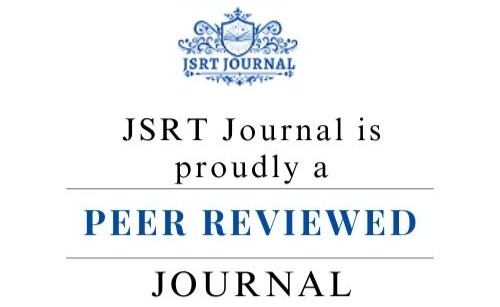Receptors for Lower Air Pollution (Tree Leaves)
DOI:
https://doi.org/10.5281/zenodo.8342192Keywords:
Cement Plant, Dust particles, Leaves, Planimeter, Hydrometer analysisAbstract
One of the most significant problems facing the planet is air pollution. Cancer, cardiovascular disease, and high mortality rates are just some of the ill consequences it may have on a person's health. The high population density of cities and other developed regions is a major cause of air pollution there. Particles in the air that float about and eventually settle, as well as polyaromatic hydrocarbons, are the major causes for alarm. When compared to other causes of air pollution, the prevalence of heavy industry stands out as a significant contributor. Are getting there, keeping warm locally, and maybe picking up pollutants from an industrial area nearby. This thesis focuses mostly on long-term time series, including climatic variables and air pollutants (PM10, SO2, and NOx). The inclusion of data on the startup and shutdown of factories is an important consideration when evaluating the worth of this effort. The goal of this data thesis is to evaluate the impact of tree planting on air quality in industrial zones by contrasting the pre- and post-planting dust particle concentrations. So far, no one has used these data sets for in-depth studies by including physical and chemical features of the dusts deposited on the leaves, hydrometer analysis, and planimeter instrumentation.











